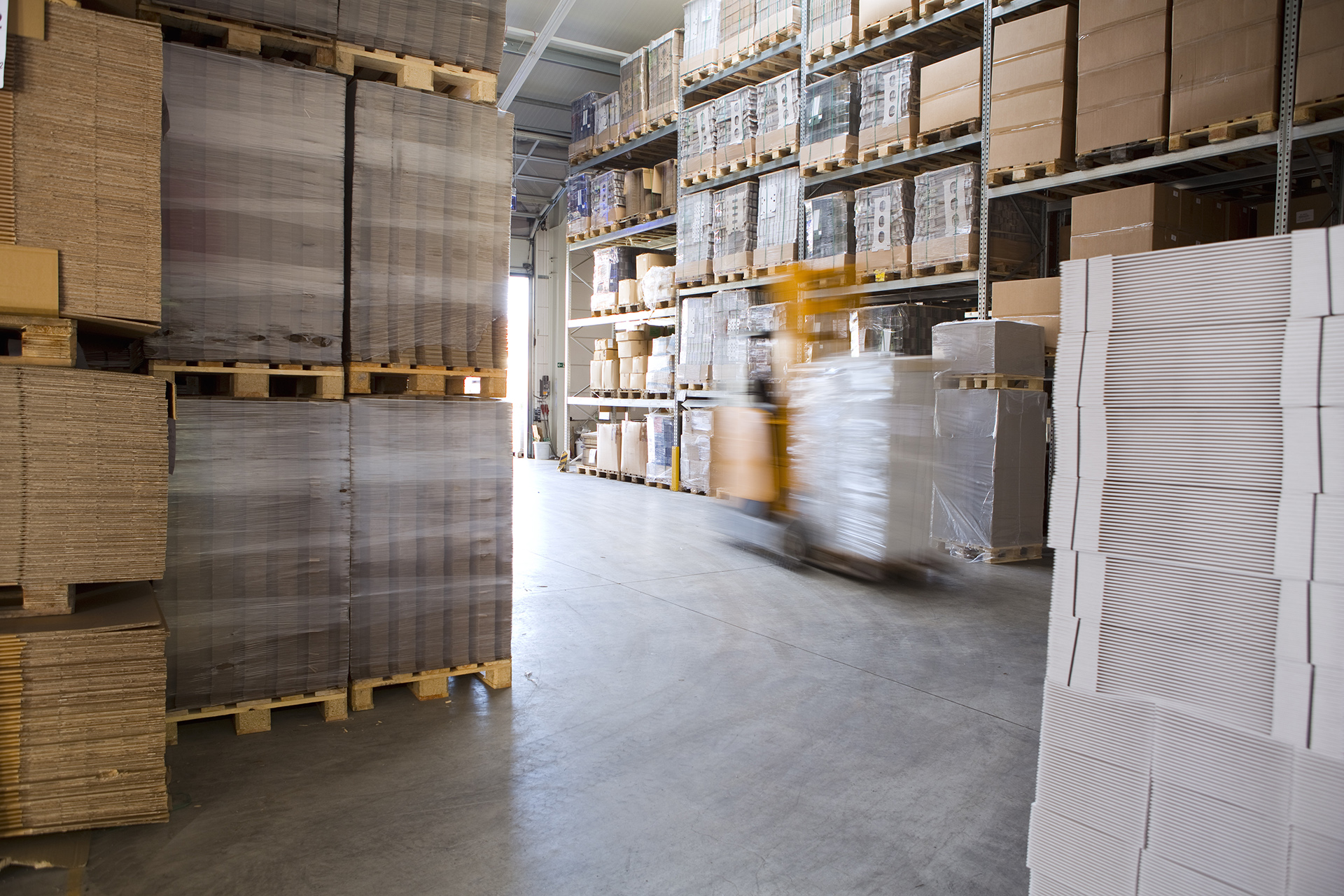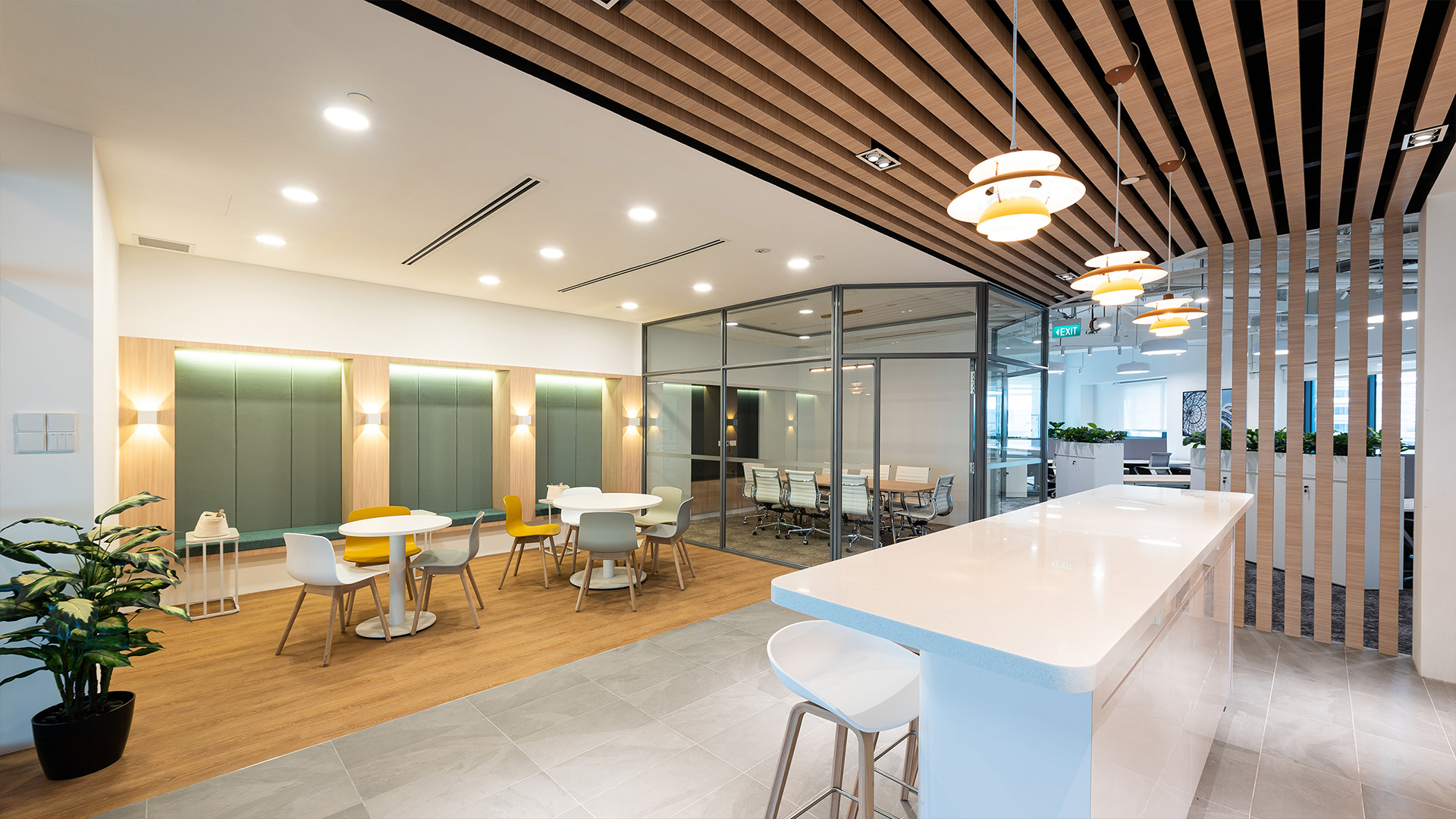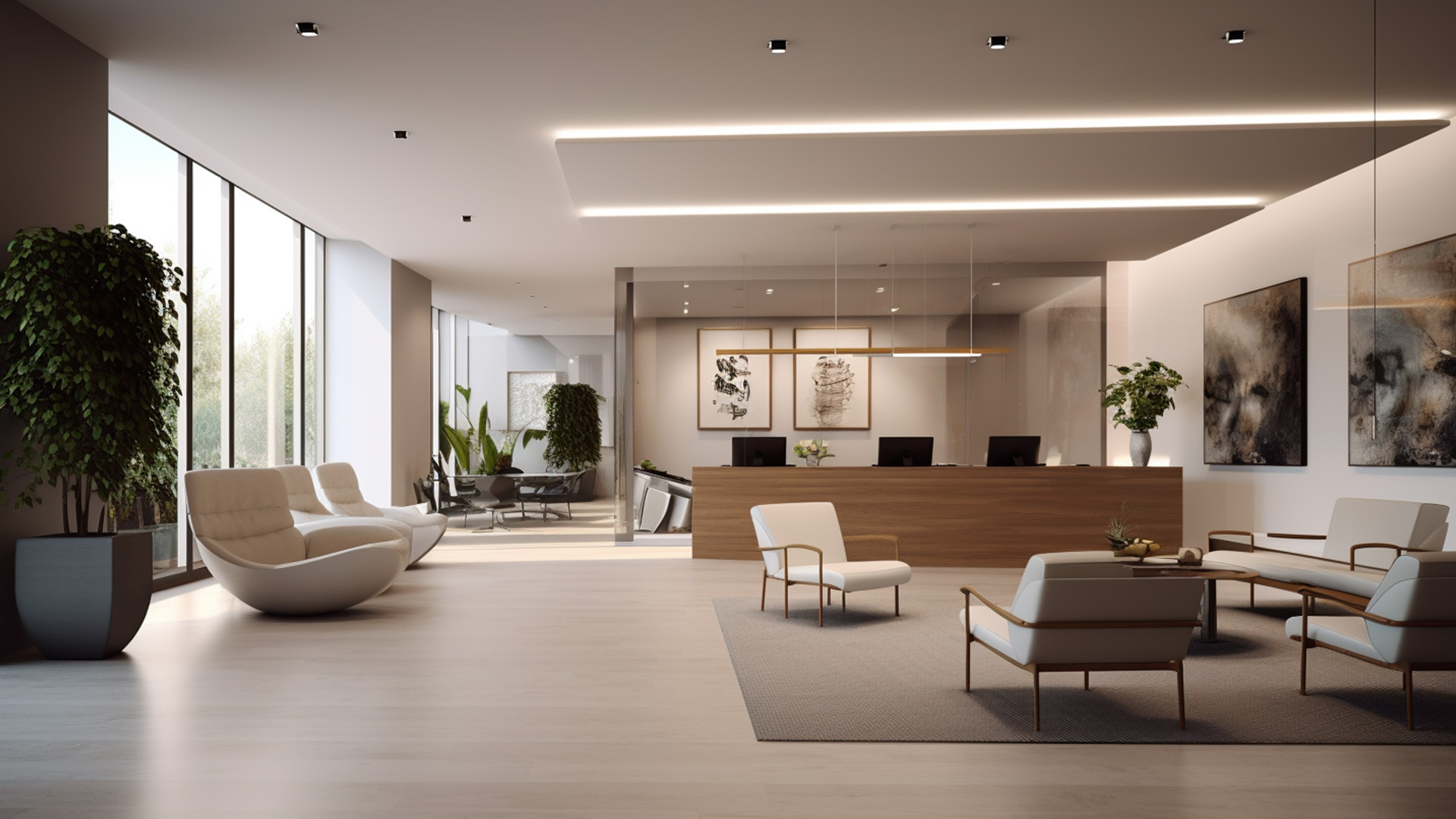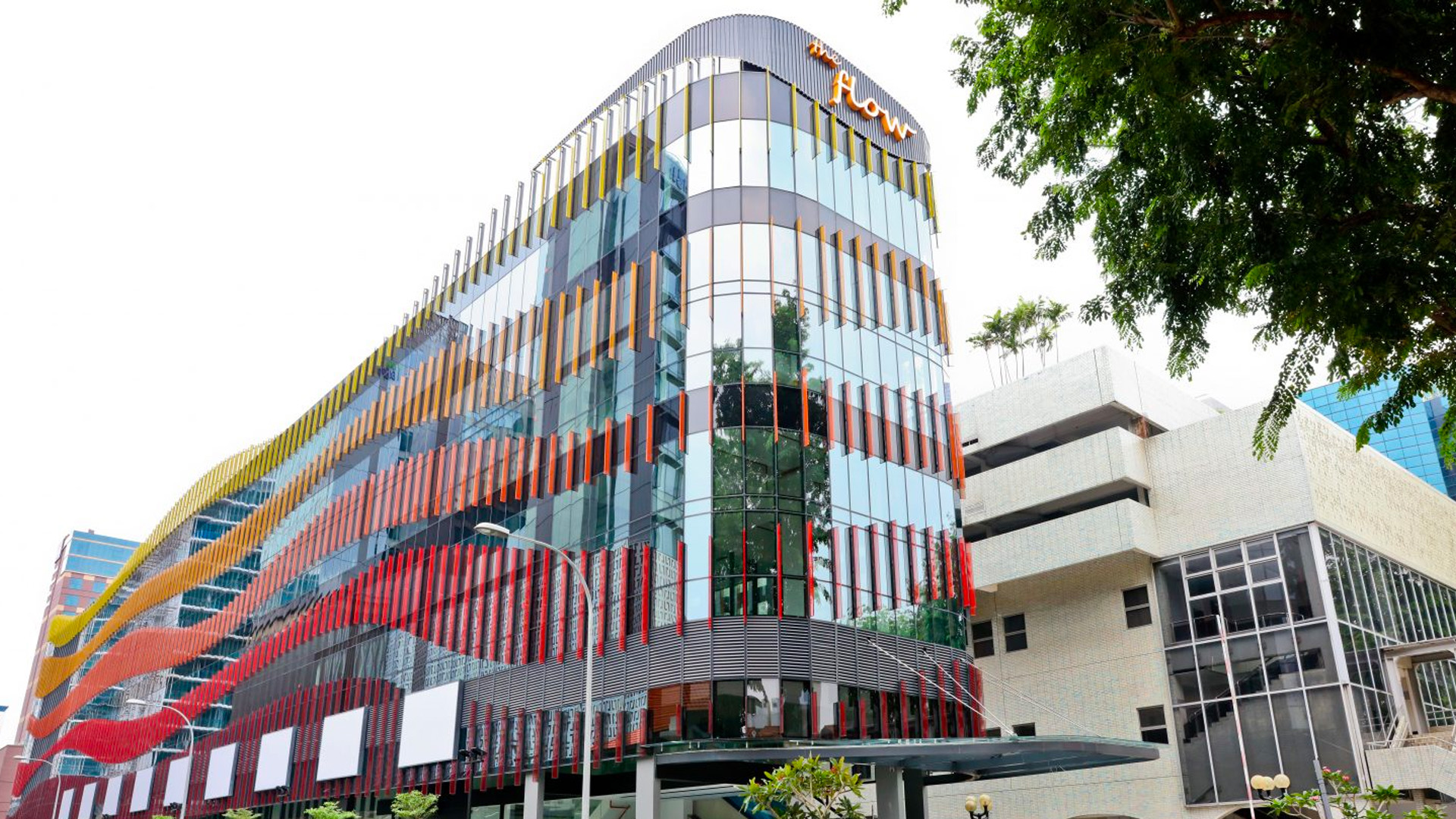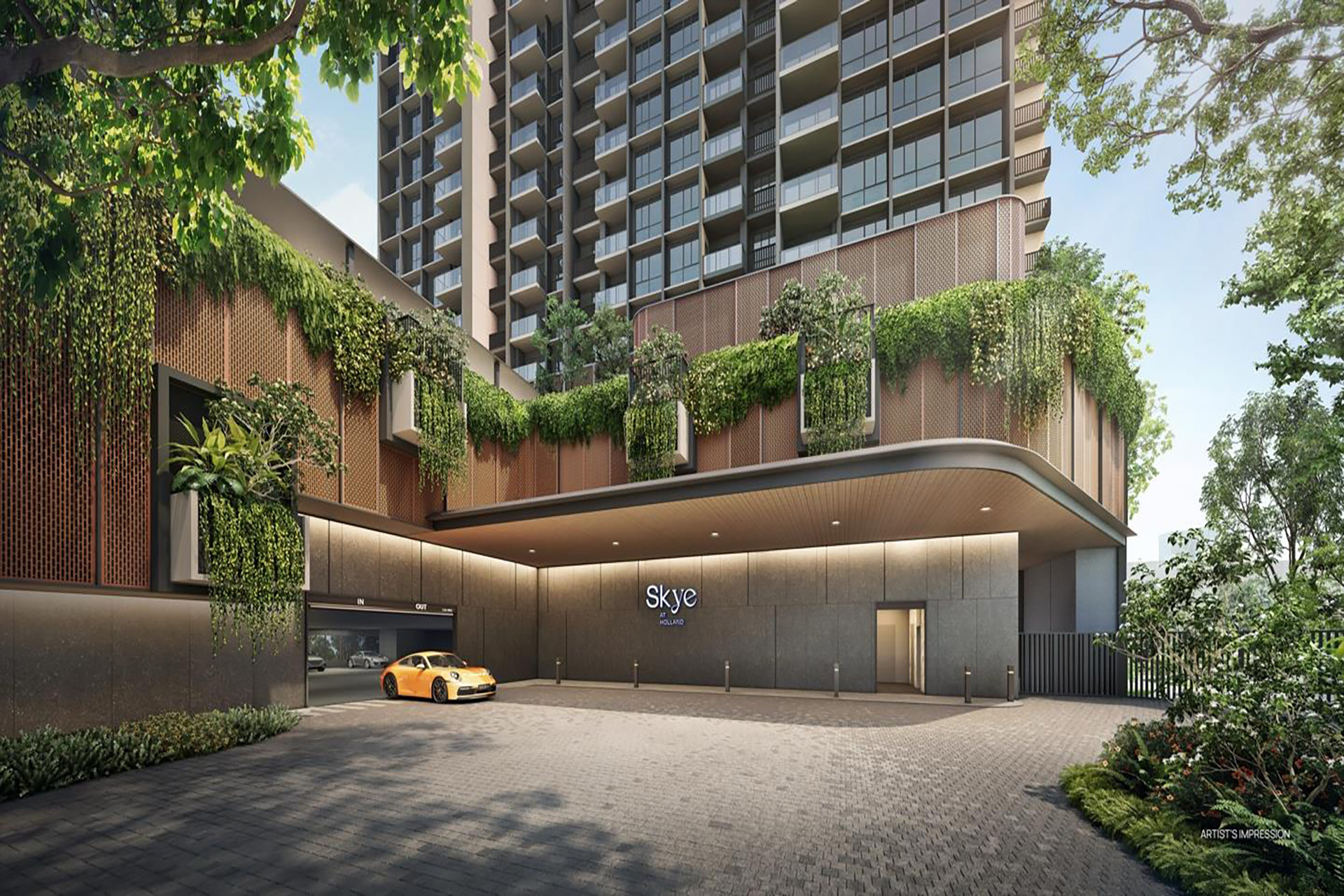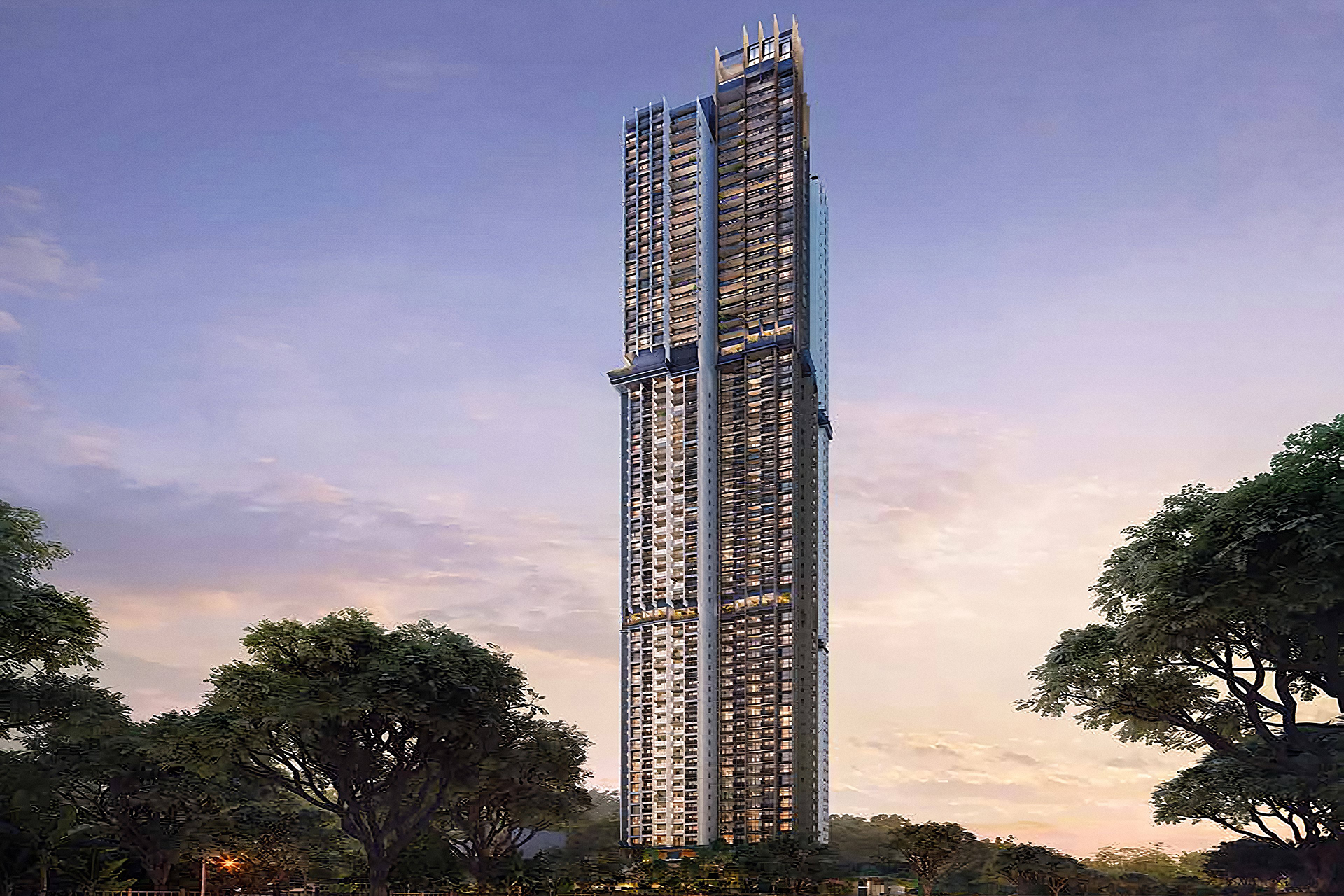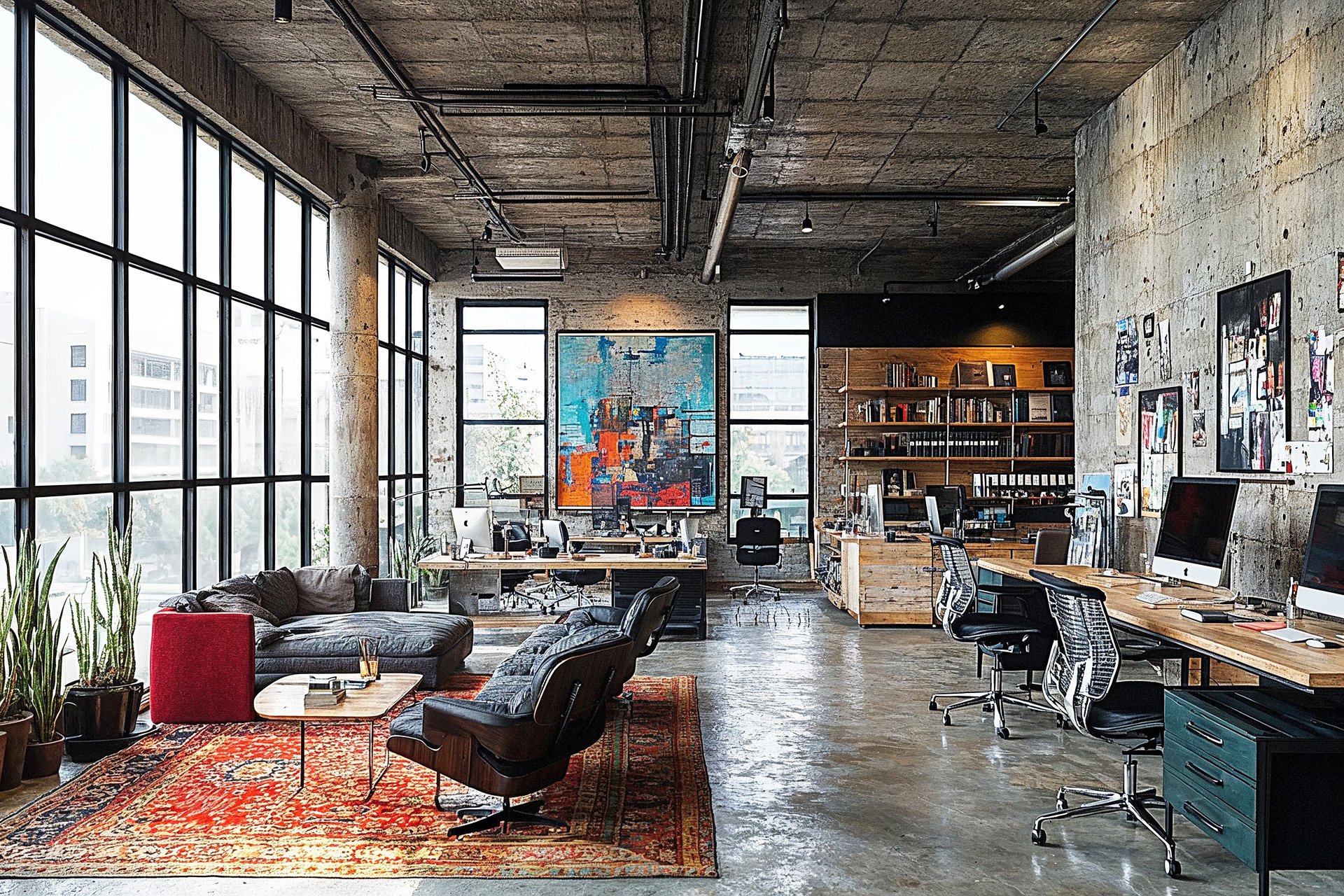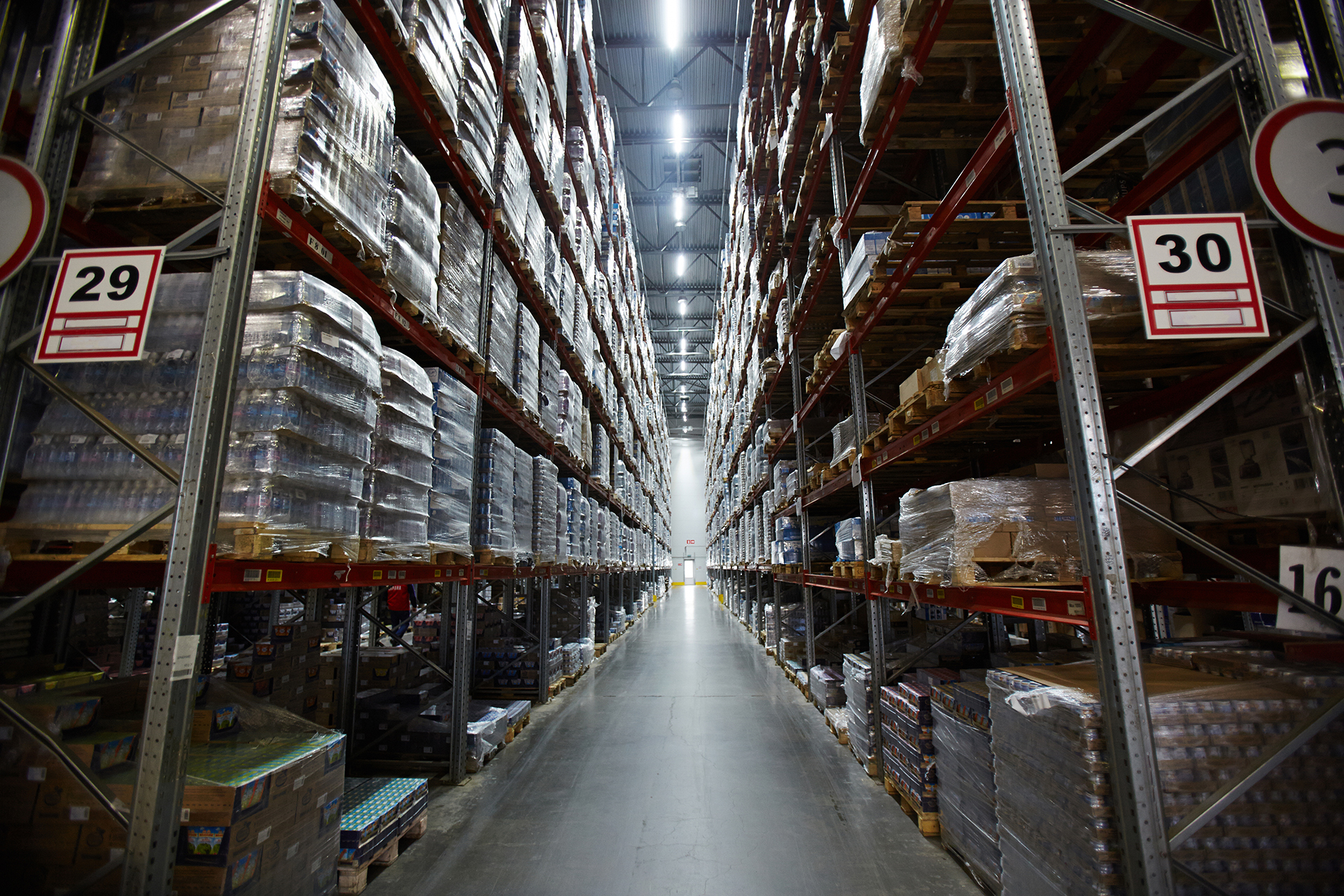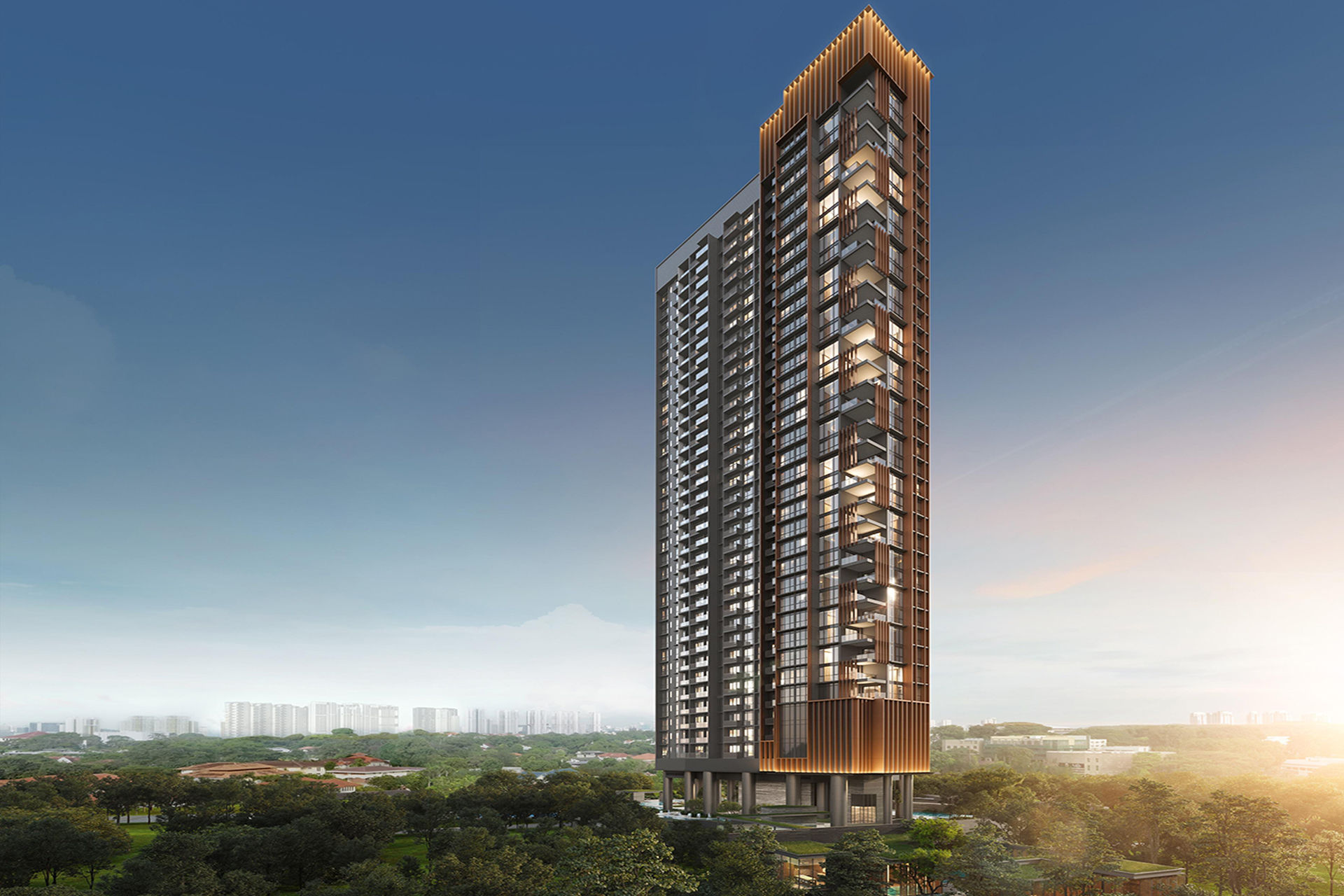|
Getting your Trinity Audio player ready...
|
Singapore’s commercial property market in 2025 started on a cautious but steady footing, shaped by shifting global dynamics and evolving investor sentiment. While the underlying fundamentals remain broadly intact, the data from the first quarter suggest a cooling in transaction volumes, a rise in rentals, and indications that businesses are recalibrating their space strategies in response to economic headwinds.
This isn’t a story of decline, but rather one of adjustment. Across both the office and industrial segments, Singapore’s commercial property market trends have varied, not just between sectors, but within them, highlighting a market in transition.
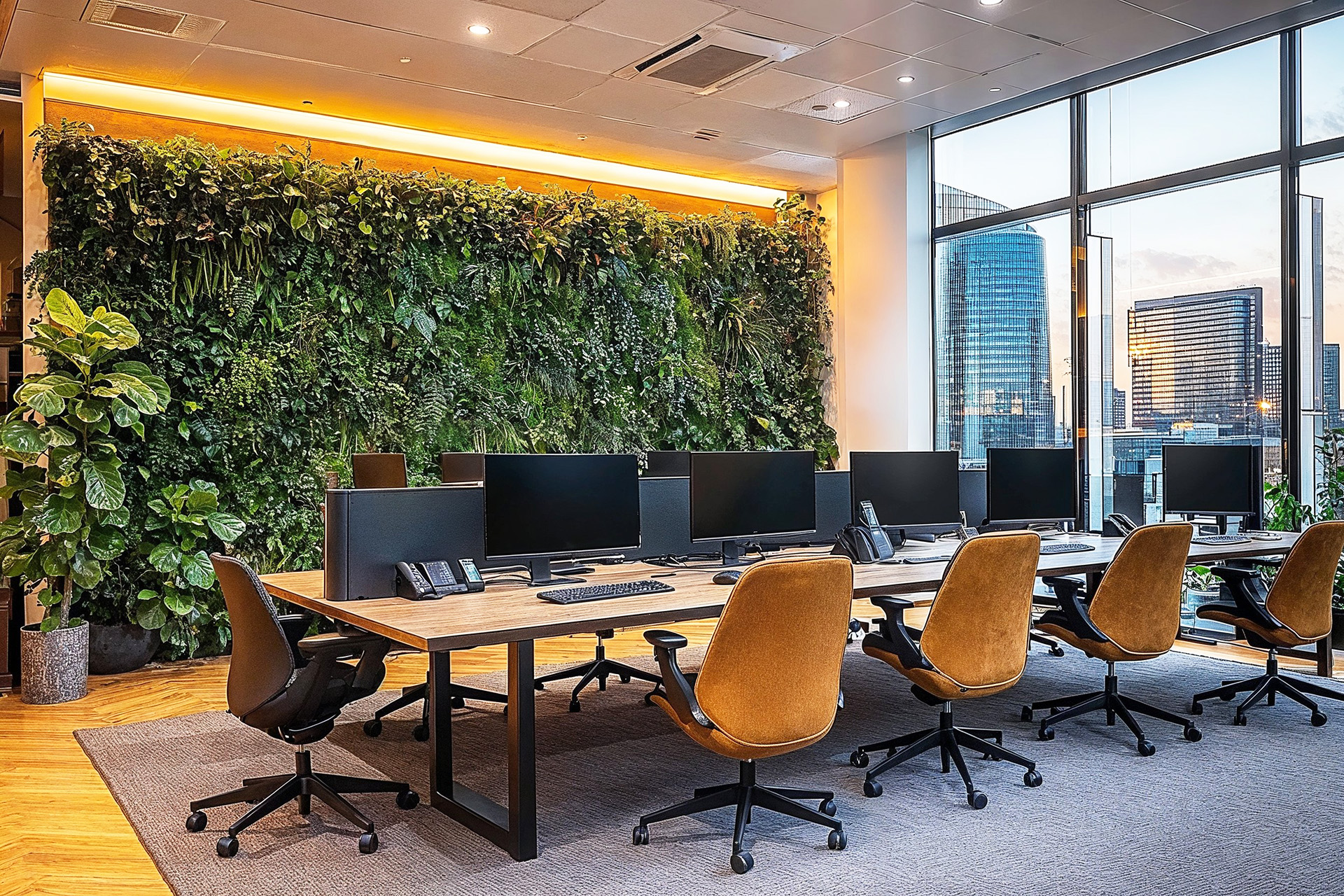
Office Rental Rebound Amidst Rising Vacancies
In the office sector, the numbers tell a nuanced story. After a soft close to 2024, office rents in Singapore’s Central Region edged up by 0.3% in Q1 2025, according to a PropNex commercial property report. Most of this lift came from the Fringe Area, where demand helped push rents up by 2.0%. The larger Central Area was more subdued, recording just a 0.1% rise.
More telling, perhaps, was the jump in median rents. Across the Central Region, median monthly rentals climbed by 5.9% to hit $7 per square foot (psf). The Central Area led the way, setting a new benchmark at $7.72 psf – an 8.1% increase quarter-on-quarter. This suggests that, despite broader economic uncertainty, tenants are still willing to pay a premium for high-quality space in prime locations.
Yet, this strength in rentals runs parallel to a growing challenge: rising vacancies. Island-wide office vacancy rates ticked up from 10.6% to 11.7%. It’s important to note that this is largely due to new completions entering the market. Around 111,700 square metres of office space was added in Q1 alone, including Keppel South Central and Paya Lebar Green. Both of these developments are expanding tenant options, but they also contribute to a softer occupancy landscape.
Transaction activity has slowed down. There were just 79 office deals lodged in Q1, down from 100 in Q4. Still, the total value of transactions rose 12.3% to $348 million, thanks in part to larger-ticket deals such as the $91.8 million sale at 20 Collyer Quay. It’s a sign that, while the volume of transactions may have dipped, investor appetite for well-located assets remains strong.
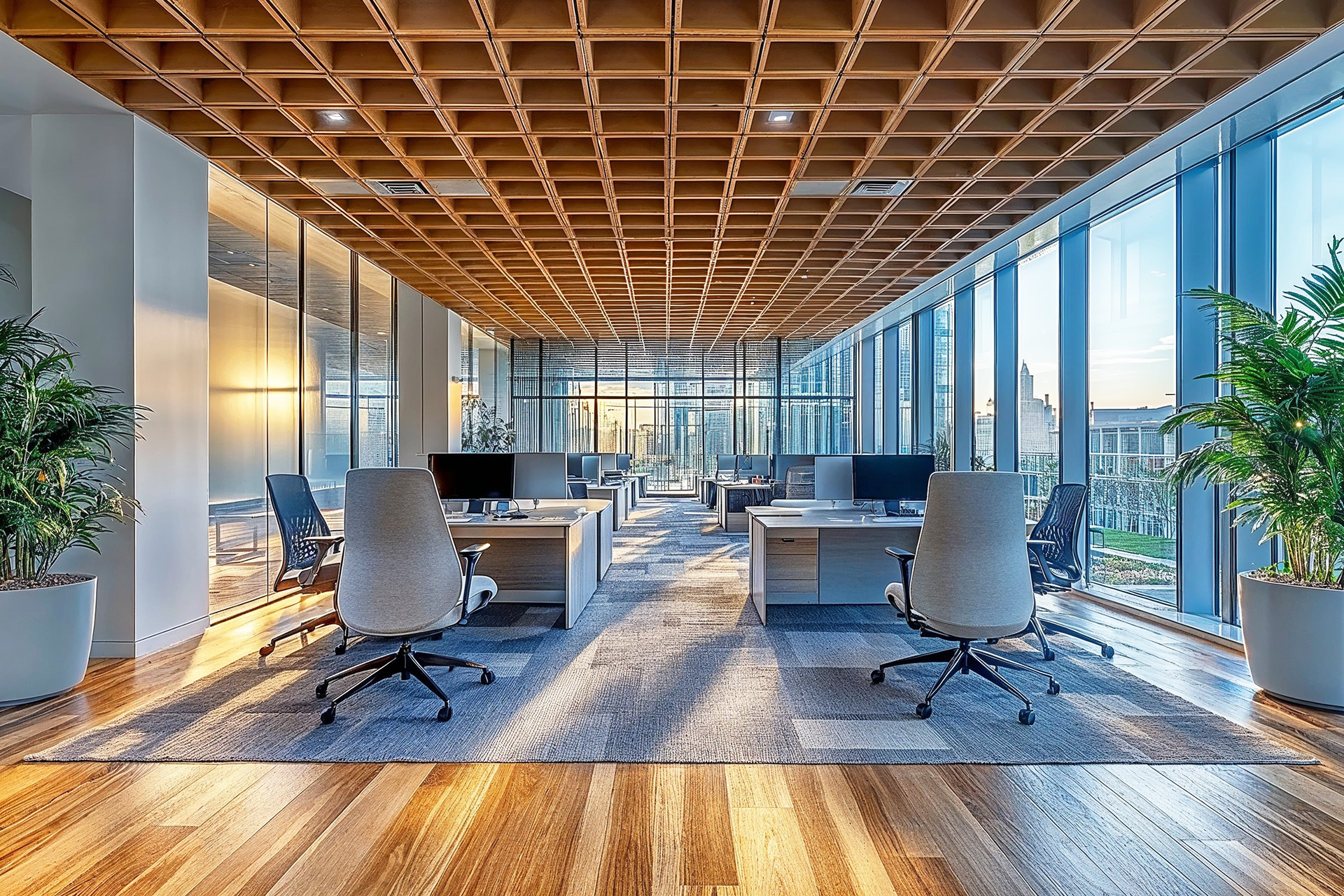
Industrial Sector Holds Steady, But Supply Looms
The industrial segment has remained remarkably steady through Q1, with prices increasing 1.5% and rentals rising 0.5%. Although this is slight, it still marks the 18th consecutive quarter of rental growth. Business parks recorded the largest gain at 1.2%, followed by single-user factories at 0.8% and warehouses at 0.6%. Overall occupancy held firm at 89%.
However, not all signs point to continued growth. Leasing demand eased slightly, and transaction volumes fell by 11.6% to 367 deals. Notably, the total value of industrial sales declined by over 32%, dropping from more than $1 billion in the previous quarter to $695 million. Most of these transactions involved multiple-user factory space, which made up 86% of deals.
Even so, standout projects managed to capture attention. CT Pemimpin, a freehold Business 1 development, sold out all 59 of its units within three days. This is a reminder that there is sustained demand for rare freehold industrial assets that are not subject to Additional Buyer’s Stamp Duty. Prices ranged between $1,500 and $1,800 per square foot, setting a new benchmark for such assets.
